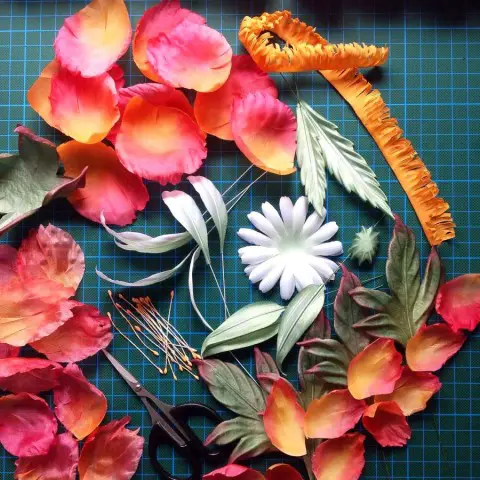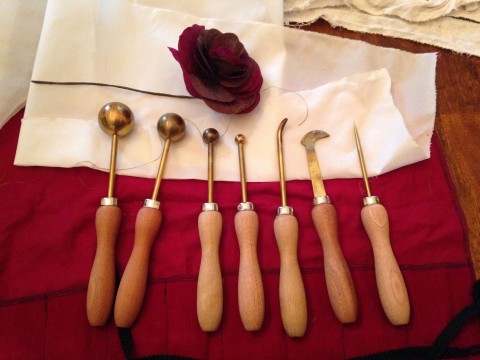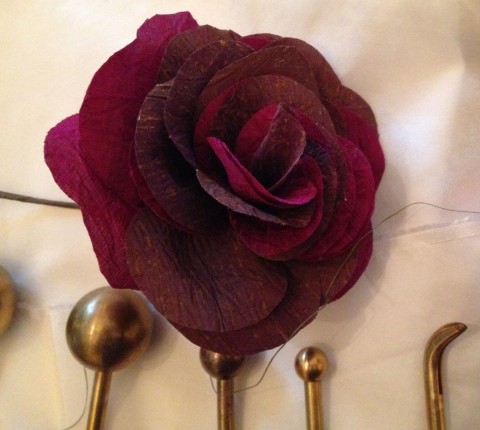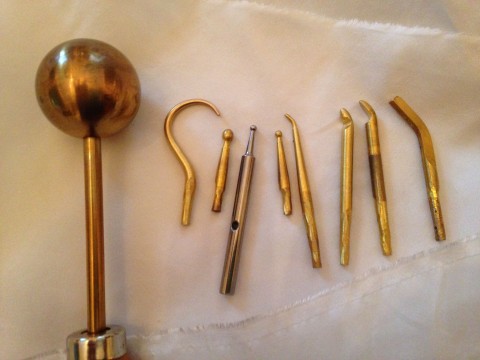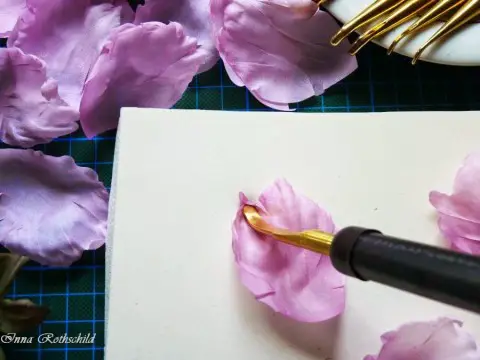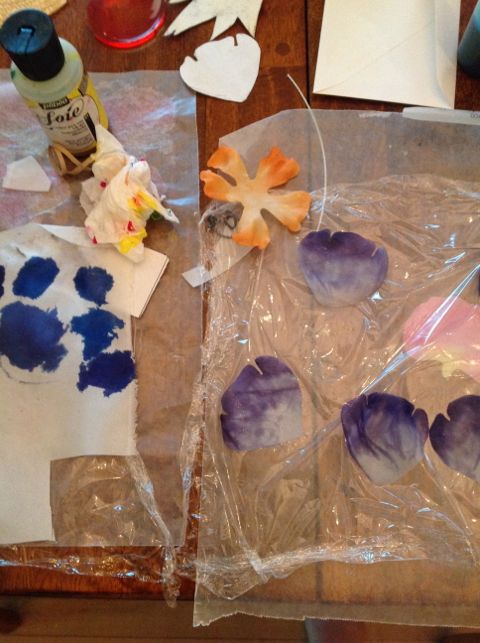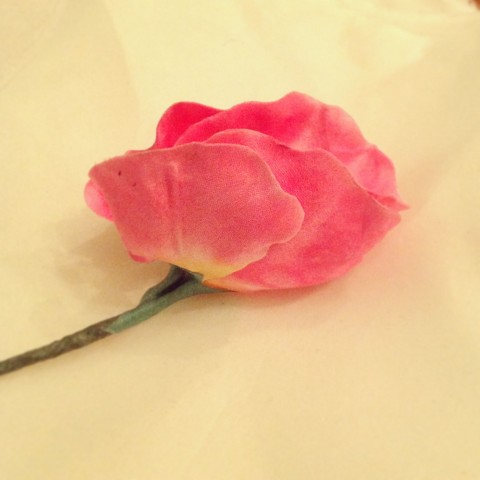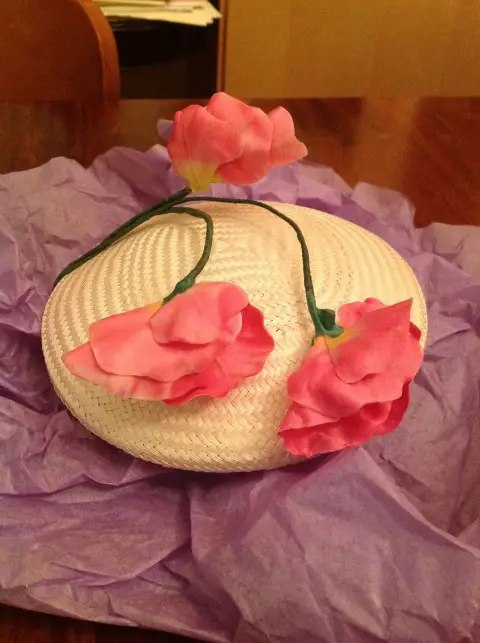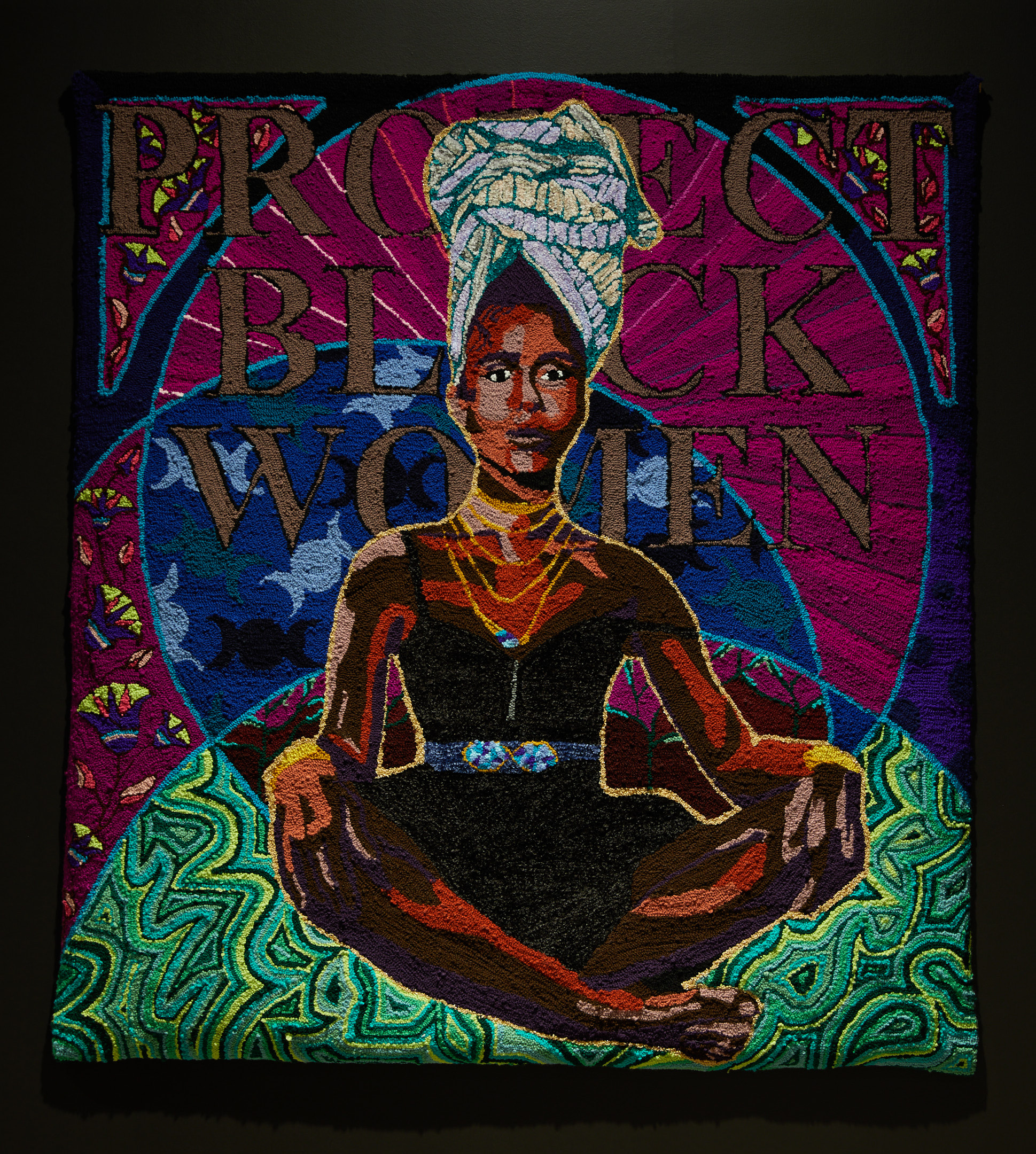Flower-making is one of the most important skills a milliner needs to know. Inevitably in their career, milliners seem to suddenly realize that they NEED to know how to make flowers RIGHT NOW. Unfortunately, RIGHT NOW is kind of impossible as making flowers is far more complicated than it seems, as I will explain.
There are two schools in millinery flower making:
- The French method, which uses large brass tools which you heat to make dimples and twists in your petals.
- The Japanese silk flower technique of somebana, which uses smaller tools heated with a soldering iron.
The French tools look like instruments of torture. And you get to use flame (fire!) which is so very fun. This is what those tools look like:
The romance of these tools has made me somewhat reluctant to change with my growing needs for more diverse flowers. The French tools are very good for making roses. If the flowers you can find at Legeron are to be believed, they can be used to make all sorts of wonderful flowers. But for someone who is no expert, they have limitations. I love the heft of them. I love that they look like something used in the Spanish Inquisition. I love that you heat them up with flame (fire!). But they are wicked expensive and are really good at making roses. Sometimes you need more than roses.
I’m not great at making these roses, but here’s a closer look of what I can make them do:
(Sorry about the extraneous thread. There’s thread everywhere in my house. It can’t be avoided.)
To make this flower, I took scraps of lining silks, stiffened them with wood glue to the point where they feel and act more like paper then silk. I’m a little over zealous with the wood glue. You then cut petals individually, heat up your brass tool with fire! and gradually persuade flat pieces of silk that they ought to have the natural bends and twists of flower petals. I got my tools at Torb and Reiner. The are beautifully made. Definitely pieces of art on their own and will scare the crap out of anyone you’ve got tied to a chair. I’m not great at using them, but I ran into another option some months ago and have finally made the plunge…..
…into Japanese silk flower making, somebana. The Japanese tools are considerably smaller than the French tools and are heated with a soldering iron. I have partially resisted moving in this direction because I really do enjoy the rather medieval allure of fire, but I can’t deny the absolute beauty of what can be created by them.
Wow. I mean seriously wow. As a person who is obsessed with learning how to do things, I really want to learn how to do this. After months and months of staring at websites selling the tools, I finally got them a few months ago. There were some serious impediments to make them go though, and I only got them reasonably functional last week.
I put the largest French ball next to them for scale. I realize that the internet meme for scale is something else entirely, but the French ball was handy. As you can see, the shapes are much, much smaller. The largest problem that I have had to solve is finding information about how to use them. There’s lots of it out there but hardly any of it is in English, much less American English. It would seem that the best artists in somebana are in Russia or Australia. The Russian ladies have very good tutorials, as does the Australian lady whom I purchased my basic set from. The problem is that the vocabulary is all different even from Galelina in Australia.
This was particularly a problem for the necessary glues, but the best example was the conversation about the sponge. Apparently a very special sponge is used in all of this. When I asked Galelina where I could find this sponge in the US, since it seemed silly to have to order a sponge from overseas, she told me to just go to a “rubber store.” Rubber store??? What the (*#&$ is a rubber store???? In the end, another friend in the US who is trying to figure this out at the same time as me clued me into a Japanese store that sells the sponges for cheap. They arrived today.
The other problem I encountered was the classic metric versus imperial issue. Why we can’t get it done to join the rest of the world in metric is beyond me, but it seems as if it is impossible. Consequently the smallest things become challenging, such as trying to get metric tips to go into imperial sized soldering irons. After much begging my good friend Tim Kaiser, who wields the Soldering Iron of Justice, taught my husband how to use a grinder to take a bit off the bottom of the tip so it will fit into the soldering iron. After much begging, my husband finally made it happen and my tips now fit into my soldering iron.
As I said earlier, I was loathed to give up the fire. But I am now fully converted into a love of my soldering iron(s). I have two so I can switch from one tip to another quickly and without burning myself. I am also in love with the diversity of effects I can create.
I’m also suddenly on a quest to learn as much as I can about silk painting. A local artist, Lee Zimmerman, has been absolutely a treasure for helping me get started. I haven’t used paint (except on walls) since elementary school, so I’m pretty clueless. But part of the beauty of somebana is that each petal and leaf is painted, allowing for the natural gradients and fades that occur in real flowers.
I’m only beginning this process. I really don’t know what I’m doing, but I’m willing to experiment. The painted petals I made last Friday looked a lot better individually than they did when I put them together.
This site, “Silk Fantasy and…” has an absolutely fantastic overview of the whole process. It is, however, in Russian. Don’t bolt when you are confronted with it. Trust The Google. Let it translate. It’s mostly about the photos anyway, so don’t worry that it’s not a great translation.
One of my struggles is, in fact, a struggle in translation. Thanks to Galelina, I’ve got a pile of Japanese books on how to do all of this. But they are all in Japanese! This makes it one heck of a puzzle. Things are going reasonably well though, I think. I am particularly pleased with my sweet pea.
Here’s the hat it landed on. It wasn’t finished at the time of the photo, but I am well pleased with how it came together. Possible only with Japanese style flower making tools. I am, by the way, completely won over to soldering irons. Screw fire.
–—
Emily Moe is a milliner who, since 2007, has slowly been taking over the world of Millinery and captains the Milliners of Etsy, a collective of artistan hat-makers from around the world. She lives with her husband in Minnesota and gets upto all kinds of creative mischief.

